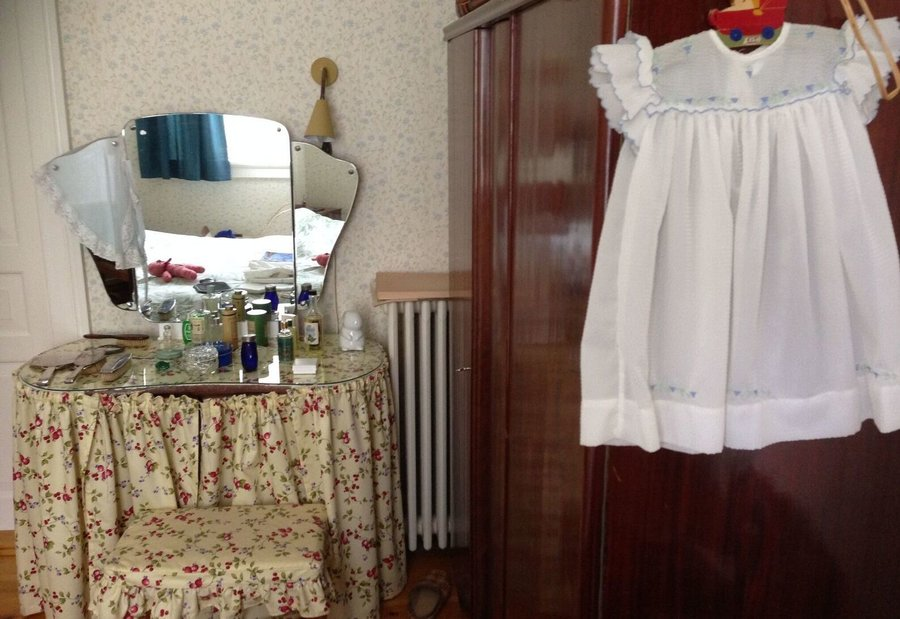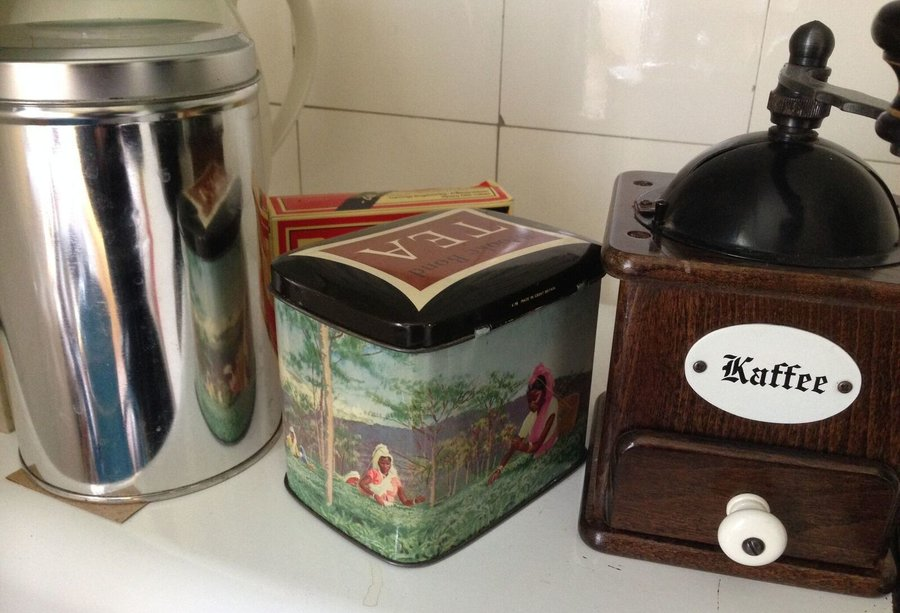This Living History Museum Helps Alzheimer’s Patients By Re-Creating 1950s
by elaine_anderson, 9 years ago |
3 min read
It’s like a movie set for long lost memories.
For anyone who’s ever had a loved one with Alzheimer’s disease, you know how painful it can be to see a vibrant person fade into confusion. While medical research and treatment for the disease continue to improve, one Danish history museum is taking a new approach to improving the lives of Alzheimer’s patients — and it seems to be working. The “House of Memories” at Den Gamble By (The Old Town) Museum in Aarhus, Denmark looks, smells and feels like a home straight out of the 1950s. From the wallpaper to the electrical outlets to the canned goods in the pantry, everything is authentic to the time period. These “associative triggers” are intended to light up the memories of elderly people with Alzheimer’s and dementia. “It’s a totality of sights and touch and smell which, in our experience, brings out their own memories,” curator Tove Engelhardt Mathiassen told NPR. Visitors to this living museum are greeted at the door by a museum interpreter dressed in an apron and housedress. She plays the part of the home’s hostess and invites guests to look around. Every last detail has been considered, from the keepsakes in the drawers to the scent of the cleaning products. As the visitors — mostly from nearby nursing homes — begin to notice details, the museum interpreter asks gentling prodding questions to get them to open up and explore their memories.

✕
Do not show me this again
